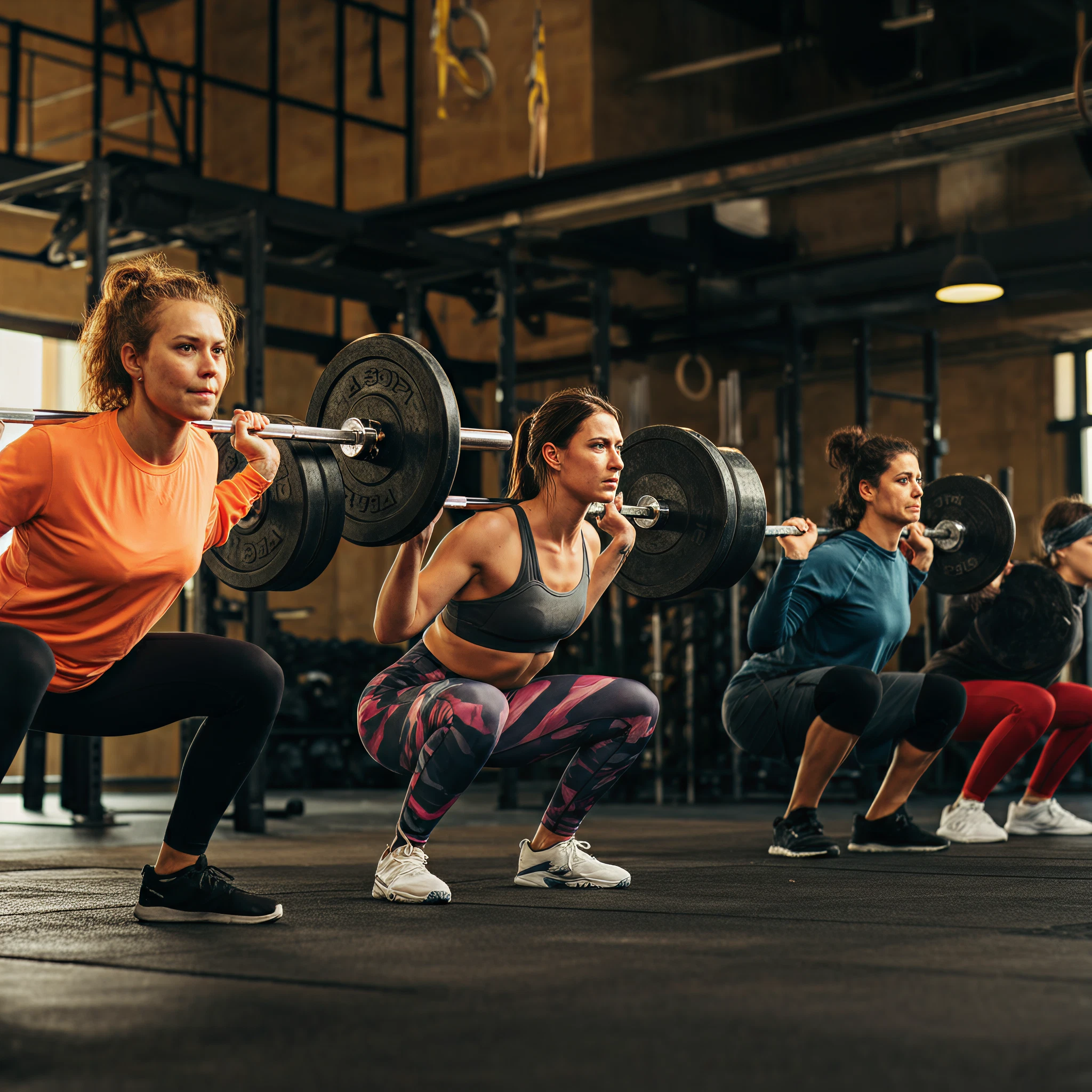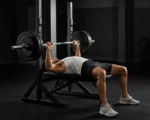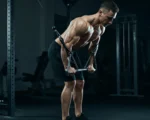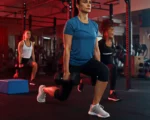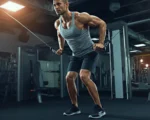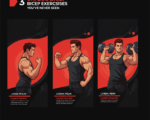When it comes to strength training, few exercises rival the effectiveness of the squat. An essential movement pattern in daily life and athletic performance, squatting strengthens not only your legs but also your core, back, and overall stability. But mastering the squat is about more than just dropping to the ground with heavy weights on your back. It’s a blend of technique, biomechanics, and understanding your unique goals.
This guide dives deep into squatting fundamentals, variations, and how to perfect your form to maximize strength, growth, and safety.
What Makes Squatting Essential?
Squats go beyond building strong and muscular legs. They’re foundational for functional fitness and improved mobility. Here’s why you should prioritize squats in your training:
- Full-body activation: Squats recruit muscles from the lower body (quads, glutes, hamstrings) and upper body (spinal erectors, core).
- Improved mobility: Regular squats can enhance your hip, knee, and ankle mobility, making everyday movements easier.
- Functional strength: Whether you’re lifting heavy objects or climbing stairs, squats focus on strength patterns you’ll use daily.
- Boost in metabolism: Compound movements like squats torch calories and boost metabolism by engaging large muscle groups.
Whether your fitness goal is improved athletic performance or strength and hypertrophy, squatting is a must.
Common Squat Myths
Myth 1: Everyone should squat «ass-to-grass»
No, your squat depth doesn’t need to mimic an Olympic lifter’s deep, upright form. Your unique anatomy (such as femur length or torso proportion) partly determines how low and upright you can squat. Optimal squat depth is about maintaining proper spinal alignment and avoiding the dreaded «butt wink» (when the lower back rounds at the bottom of a squat).
Myth 2: Squats are bad for your knees
When done correctly, squats are not just safe for your knees but can strengthen the surrounding joints and ligaments. Focus on controlled movement, proper bracing, and keeping your knees aligned with your toes to avoid unwanted stress.
Myth 3: Heavy weights are the only way to build leg strength
While heavy barbell squats are fantastic for muscle and strength gains, bodyweight or light-load variations like the goblet squat can also build strength and endurance, especially for new lifters.
The Anatomy of a Perfect Squat
Achieving the perfect squat boils down to technique and proper body alignment. Here’s a step-by-step breakdown for the back squat:
- Feet placement: Position your feet shoulder-width apart or slightly wider, with toes pointing slightly outward.
- Engage your core: Brace your core to ensure your torso remains stiff and supported throughout the movement.
- Initiate the movement: Begin by hinging at the hips slightly, then bend at the knees, keeping your chest upright.
- Descend with control: Lower yourself until your thighs are parallel to the floor or your personal range of motion while maintaining a neutral spine.
- Push through your feet: Drive through your heels to return to the starting position. Keep your chest up and avoid letting your knees collapse inward.
Pro Tip: Visualize your feet gripping the ground like «bird talons,» with three points of contact (big toe, pinky toe, and heel). Slightly twist outward to create torque for stability.
Popular Squat Variations
Back Squat
Purpose: General strength and muscle growth
- The back squat is the king of lower-body exercises. With the barbell placed across your upper back, this squat activates the quads, hamstrings, glutes, and core.
- Use a high-bar position (barbell rests on the traps) for a more upright torso or a low-bar position (barbell rests on your rear shoulders) for a hip-dominant squat variation.
Front Squat
Purpose: Quad-dominant strength and core stability
- The barbell sits on the front of your shoulders near your collarbone. This places more emphasis on the quads, upper back, and core.
- The upright torso position reduces stress on the lower back while improving thoracic strength.
Goblet Squat
Purpose: Accessibility and form improvement
- Holding a dumbbell or kettlebell at chest level, the goblet squat is perfect for beginners. It reinforces good form, improves balance, and requires no additional equipment.
These variations help target muscles differently. Rotate them into your program based on your goals (e.g., strength, hypertrophy, or functional movement).
Common Squat Mistakes to Avoid
No matter which variation you choose, avoiding these pitfalls is crucial:
- Rounding your back: Maintain a neutral spine throughout the movement.
- Knees caving in (valgus): Actively push your knees outward during the ascent.
- Losing core tension: Brace your core like a full soda can to stabilize your torso.
- Not hitting proper depth: Descend to a depth where your thighs are parallel or slightly below while maintaining full control.
- Racking the bar carelessly: Drive the bar directly into the hooks and ensure it’s securely racked before releasing your grip.
Mistakes often stem from poor mobility or improper load progression, so ensure your form is solid before increasing weight.
Tailor Your Squats to Your Goals
Different training goals require different approaches to sets, reps, and intensity:
- Strength: 3–5 sets of 2–6 reps using heavy loads (80–90% of your 1-rep max).
- Hypertrophy (muscle growth): 3–4 sets of 8–12 reps at moderate loads, training close to failure.
- Endurance: 2–3 sets of 15–20 reps using light to moderate weights (or bodyweight).
Consider incorporating mobility drills or dynamic stretches, like hip openers and ankle stretches, during your warm-up for optimal performance.
Mastering the Mental Game of Squatting
Squats require not just physical strength but also mental focus. To stay locked in:
- Set clear intent for every squat session. Know your weight, reps, and rest times in advance.
- Visualize the lift before stepping under the bar.
- Use breathing and bracing techniques to prime your nervous system.
The mental discipline you develop through squatting often translates into other areas of life.
Get Started with Your Squatting Journey
Squatting is a skill as much as it is a strength exercise. Focus on learning proper technique, experimenting with variations, and staying consistent in your training to see steady progress.
If you’re ready to take your squat game to the next level, visit MuscleWiki’s Ultimate Guide to Squatting or try out their Workout Generator to customize a program tailored to your goals.
Your strongest squat awaits. Get under the bar and start building strength and confidence today!
